Top Tree Diseases and Pests: How to Protect Your Trees
General
 Posted by: Beaver Dam Tree Service
7 months ago
Posted by: Beaver Dam Tree Service
7 months ago
Indiana’s diverse forests and green spaces are home to a wide variety of tree species, each offering unique beauty and benefits to our landscapes. However, trees in Indiana face a range of tree diseases and pests that can threaten their health and longevity.
Understanding these threats is the first step to protecting your trees from damage and maintaining a vibrant, healthy yard.
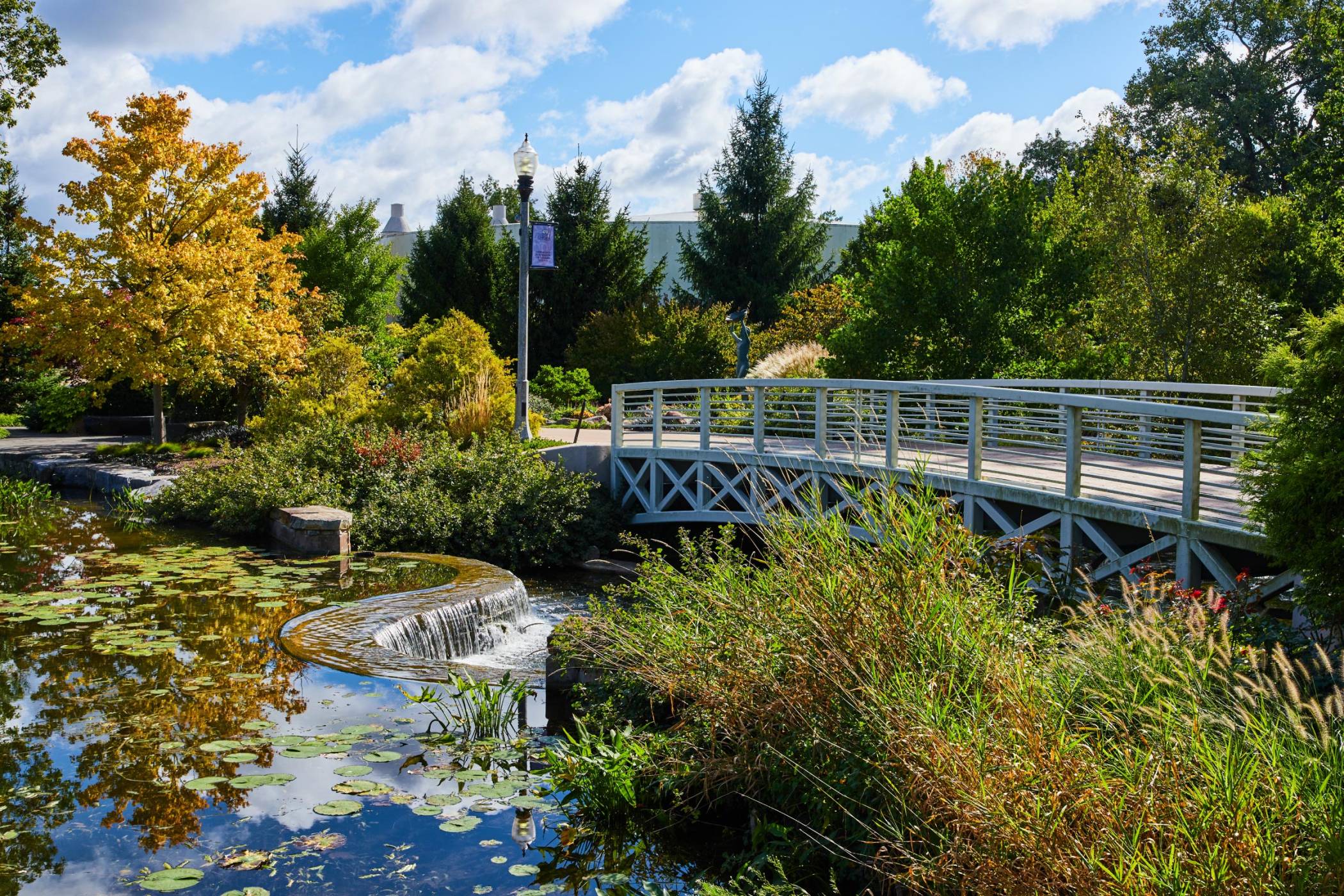
How To Protect Your Trees
Regular Inspections: Check your trees for signs of disease or pest infestations every few months. Early detection can make treatment easier and more effective.
Proper Pruning: Avoid over-pruning and prune during the appropriate season for each tree species. Pruning helps maintain tree health and reduces the risk of disease spread.
Promote Tree Health: Healthy trees are better able to withstand diseases and pests. Water trees during dry periods, mulch around the base, and ensure they receive adequate nutrients through compost or fertilizers.
Consider Professional Help: If you notice serious signs of disease or pests, an expert can provide guidance and treatments to protect your trees.
Have a tree or trees on your property that might need to be removed or trimmed? We can help! Click below to call and schedule your free estimate with us.
Common Tree Diseases
Anthracnose
Anthracnose is a fungal disease that commonly affects hardwood trees like sycamores, oaks, lindens, and maples. It spreads through cool, wet conditions and causes leaves to develop dark, sunken spots or irregular blotches.
Severe cases can lead to leaf drop, though this disease rarely kills trees.
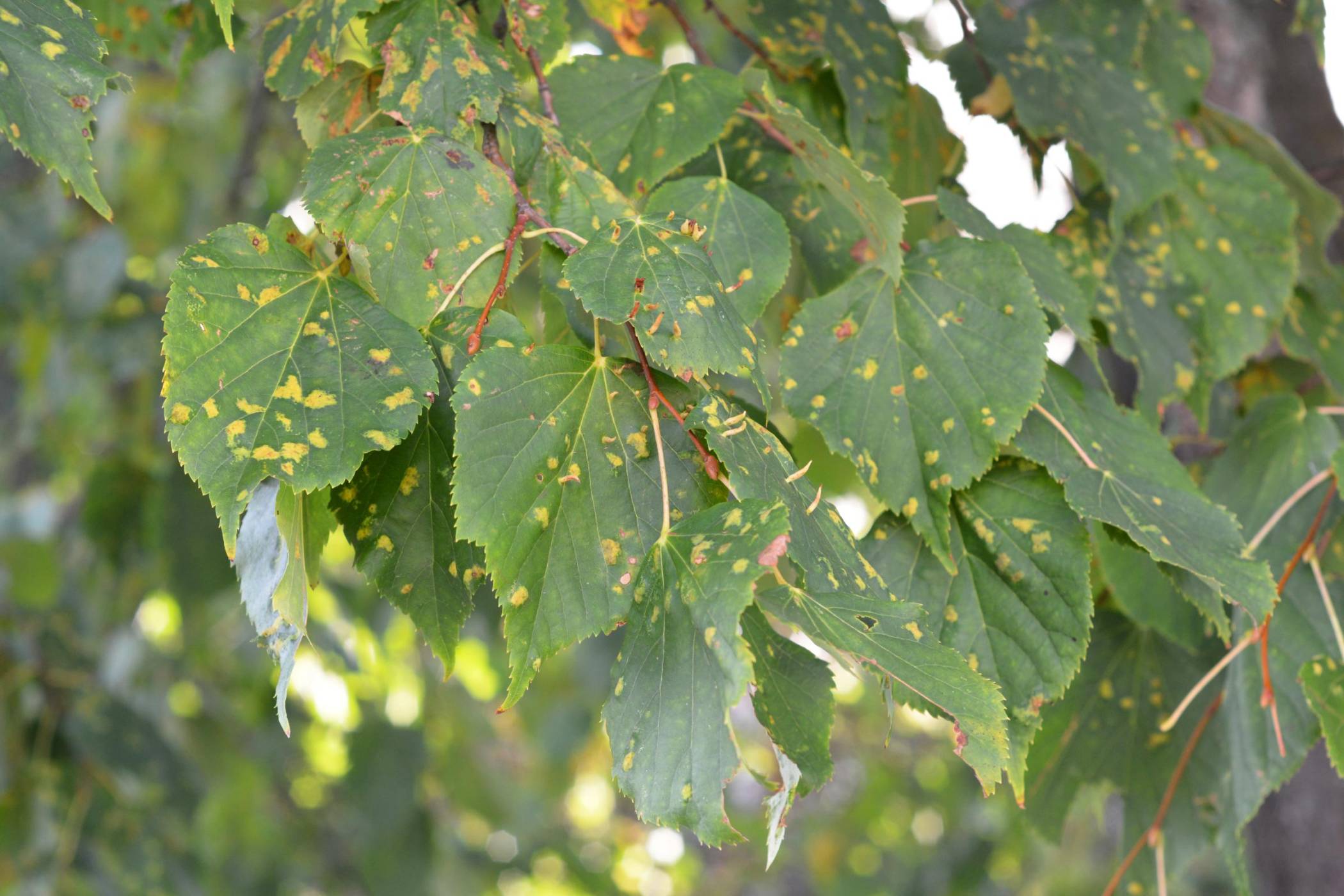
Signs of Disease
Dark spots or blotches on leaves, premature leaf drops, and cankers along the stems or branches.
Prevention Tips
Prune infected branches to improve airflow, as this can reduce moisture buildup on leaves. Raking and disposing of fallen leaves helps minimize fungal spores in the area. In severe cases, fungicides can be applied, especially during bud break, to protect healthy foliage.
Oak Wilt
Oak wilt is a fast-spreading, fatal disease that affects all species of oaks, with red oaks being particularly susceptible. This fungal disease spreads through root systems or by beetles that carry the fungus from infected to healthy trees. Once a tree is infected, the fungus clogs the tree’s vascular system, causing leaves to wilt and eventually killing the tree.
Signs of Disease
Wilting leaves (starting from the top of the tree and moving downward), leaf discoloration with a dull brown color, and bark cracks in severe cases.
Prevention Tips
Avoid pruning oak trees during the growing season, especially in the spring and early summer when beetles are most active. Pruning wounds should be sealed with tree paint or wound dressing to prevent the disease from entering.
In areas where oak wilt is present, preventive treatments such as fungicides and root barriers may help protect healthy trees.
Dutch Elm Disease
Dutch elm disease (DED) is a fungal infection spread by elm bark beetles and can affect all native North American elm species. DED causes wilting, yellowing, and premature leaf drop, starting at the top of the tree and moving downward.
Signs of Disease
Yellowing or wilting of leaves on a single branch or several branches, brown streaks in the sapwood just under the bark, and leaf drops.
Prevention Tips
Sanitation is key! Be sure to remove dead or dying branches and dispose of infected wood promptly. Fungicide injections are available for valuable elm trees, and some trees bred for DED resistance are also a good option when you are considering planting new elms.
Common Tree Pests
Bagworms
Bagworms are caterpillars that create spindle-shaped bags made of silk and plant material. These pests target a wide range of trees, including evergreens like spruce and juniper, as well as some hardwoods. Bagworms feed on foliage, causing defoliation that weakens the tree.
Signs of Infestation
Small, cone-like bags hanging from branches, brown or bare patches on evergreen trees, and thinning foliage.
Prevention Tips
In late spring or early summer, inspect your trees and manually remove any visible bags before the larvae emerge. For larger infestations, insecticides may be applied in the spring when bagworms are actively feeding.
Emerald Ash Borer
This invasive beetle from Asia specifically targets ash trees. Since it arrived in Indiana, the beetle has devastated local ash populations by burrowing under the bark and disrupting the tree’s nutrient flow, ultimately killing the tree.
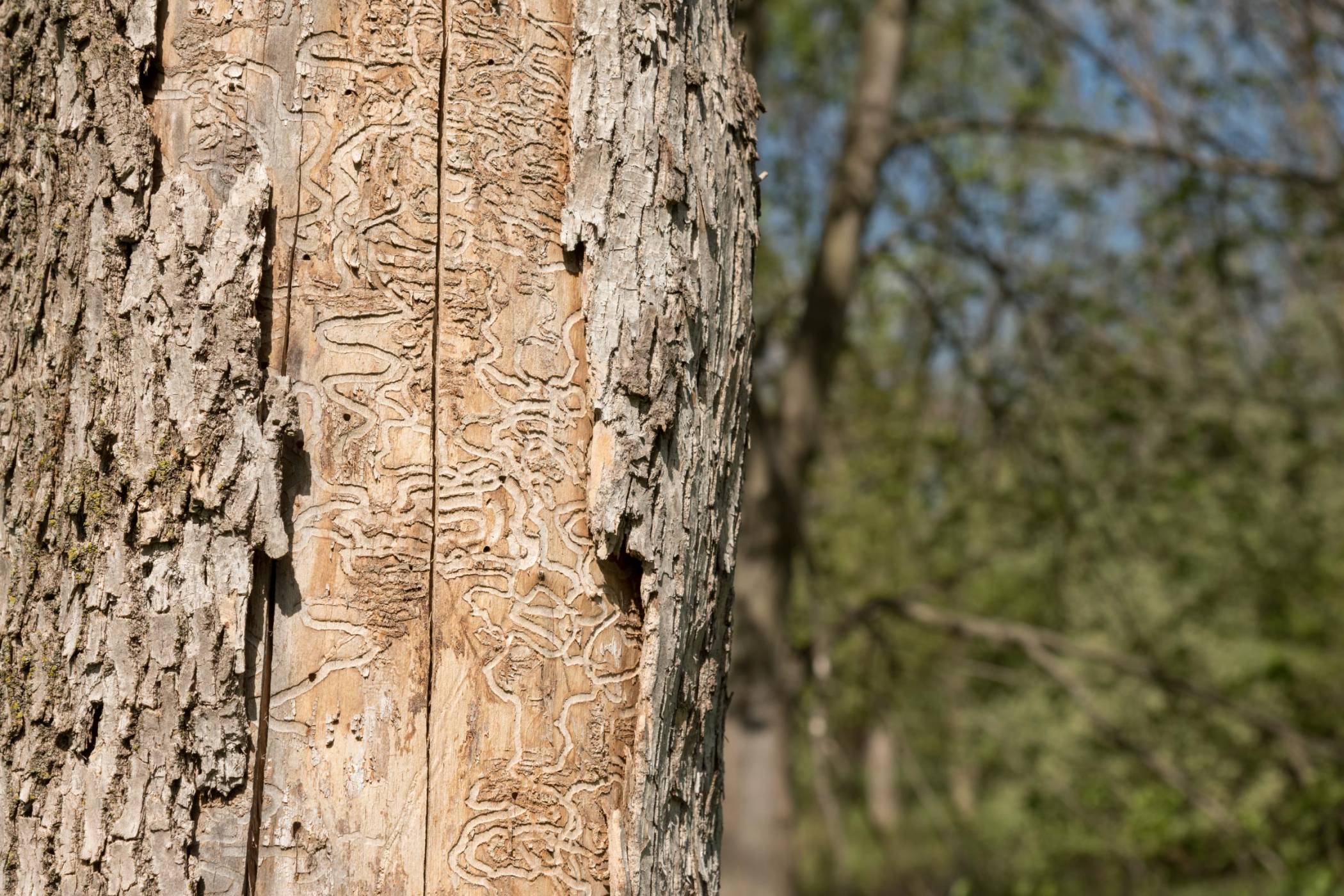
Signs of Infestation
Look for canopy thinning, D-shaped exit holes, and “blonding,” a light-colored area where woodpeckers have stripped away the bark to access larvae.
Prevention Tips
For ash trees in the early stages of infestation, treatment can sometimes save the tree, but preventive care is often the most effective approach. Treatment options include soil injections, trunk injections, and bark sprays that can control this invasive insect population.
Japanese Beetles
These are a common pest in Indiana that feed on a wide range of trees and shrubs. They chew on leaves, leaving a lace-like pattern that can weaken the tree and make it more susceptible to other stresses.
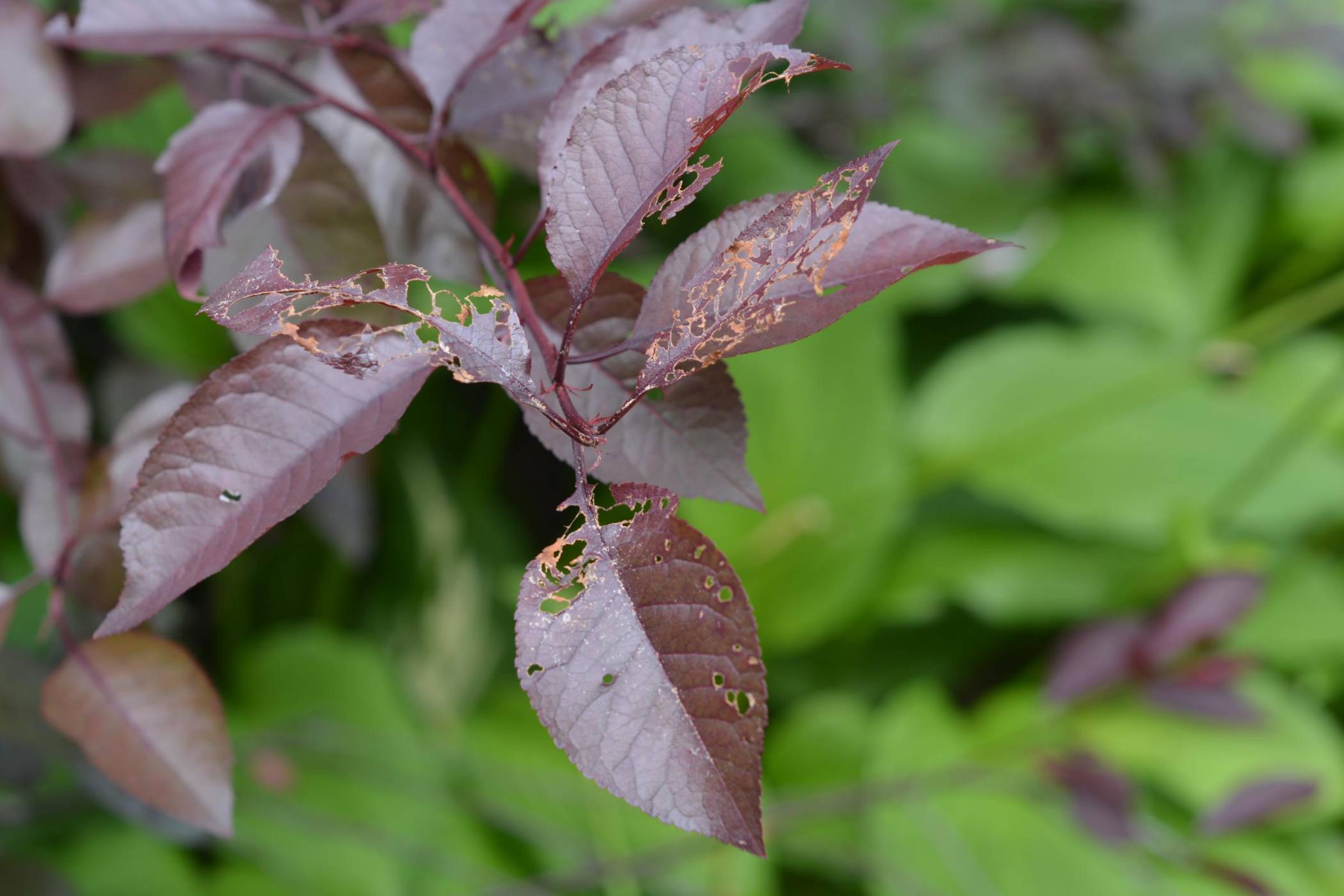
Signs of Infestation
Skeletonized leaves with a lace-like pattern and clusters of metallic green beetles on leaves.
Prevention Tips
Use traps and natural predators to control Japanese beetle populations. Applying neem oil or insecticidal soaps to foliage can also deter beetles.
Beaver Dam Tree Service Can Help
Indiana’s trees face a variety of challenges, but with the right preventive care and prompt action, you can keep them healthy and strong.
Taking steps to recognize and address these common tree diseases and pests can help you enjoy a beautiful, thriving landscape for years to come.
If you need help removing, trimming, or cabling your trees, give us a call and schedule your free estimate!
Categories:
About: Beaver Dam Tree Service
You May Be Interested In:

Tree Removal For Summer Landscaping Projects
3 weeks ago by Beaver Dam Tree Service
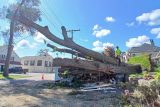
The Role of Tree Removal in Storm Damage Prevention
2 months ago by Beaver Dam Tree Service
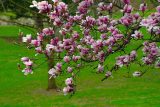
Spring Tree Check-Up: Identifying Potential Hazards Early
3 months ago by Beaver Dam Tree Service

Understanding Tree Root Problems and When Removal Is Necessary
5 months ago by Beaver Dam Tree Service
Get Your Tree Removal or Other Tree Services Rolling
Explore our range of services and get in touch for a free estimate – let Beaver Dam Tree Service ensure the longevity and beauty of your lawn and surrounding landscapes.